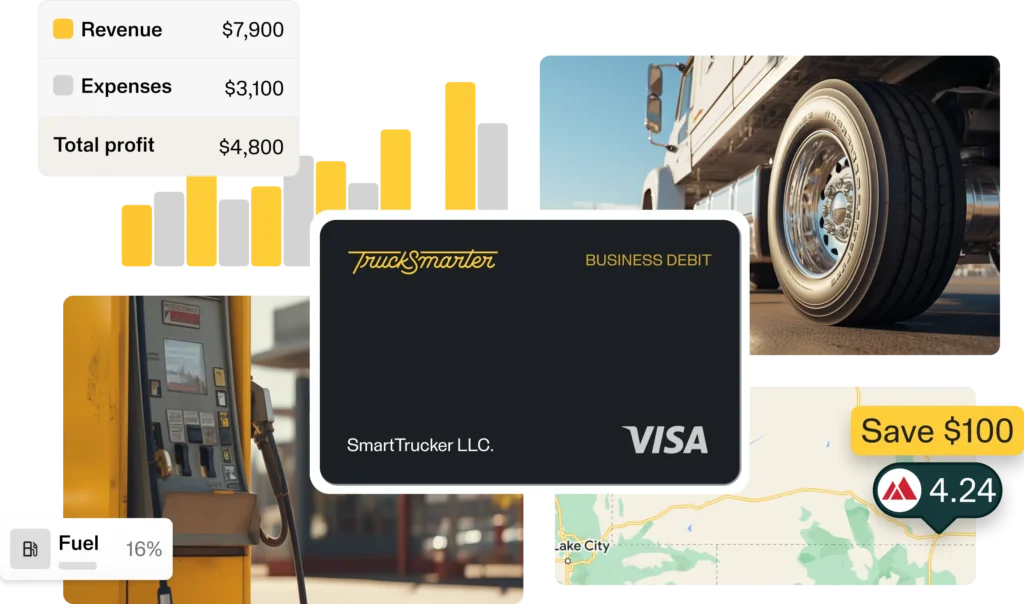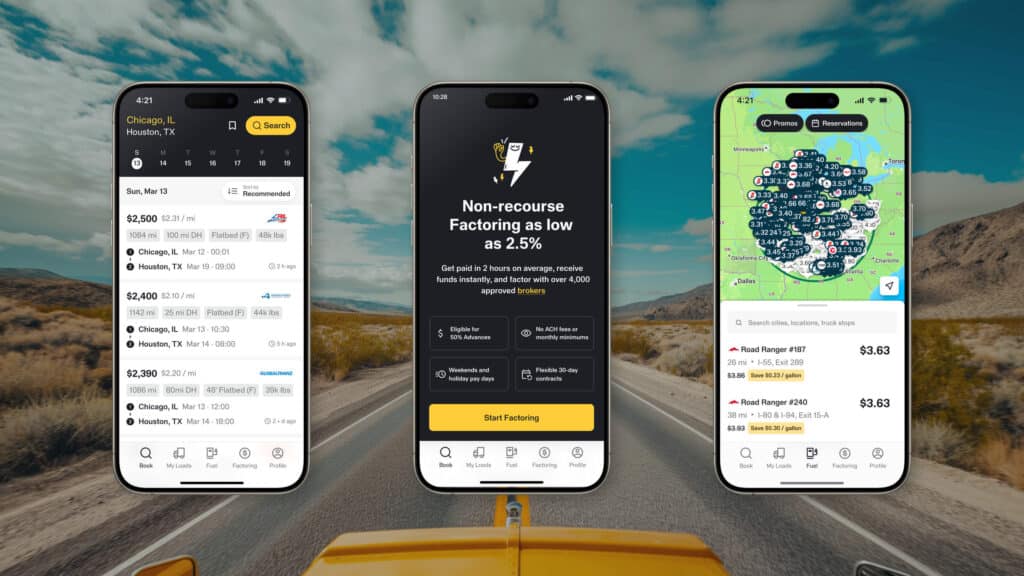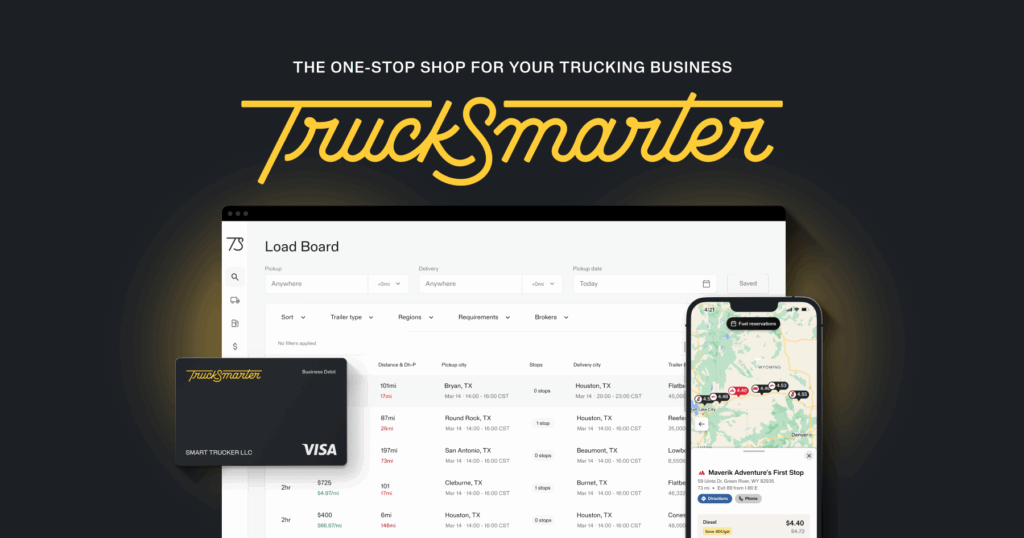
Table of Contents
- The Need for Speed in Freight Payments
- Impact on Carriers and Drivers
- Technological Innovations Driving Change
- Challenges in Adopting Fast Payment Systems
- Future Outlook for Freight Payments
The freight industry is undergoing a dramatic shift as the adoption of fast payment systems becomes the new standard. For decades, slow and inflexible payment methods have inhibited growth, strained business relationships, and limited the ability of trucking businesses to respond effectively in a highly dynamic market. Deep cash flow challenges and operational disruptions, once common due to outdated payment procedures, are now being replaced by streamlined solutions designed for the real-time economy.
For carriers, shippers, and drivers, this evolution represents not only a logistical improvement but also a transformative opportunity to build stronger business relationships, enhance creditworthiness, retain key team members, and accelerate growth. Companies are now actively seeking ways to leverage freight factoring for trucking companies and integrate new technologies to meet the growing demands for speed, reliability, and transparency in payments. The shift away from paper checks and labor-intensive reconciliation processes is freeing up both time and capital for every stakeholder across the freight value chain.
The traditional payment landscape, marked by long wait times, puts carriers and drivers at a significant disadvantage. By embracing modern payment methods—such as digital wallets, instant transfers, and Automated Clearing House (ACH) payments—stakeholders gain access to their earnings almost instantly, thereby enhancing their ability to manage everyday expenses or invest in business growth. This change transforms operational agility, enabling companies to respond more quickly to market shifts or emerging opportunities. These advancements, however, aren’t just about speed—they are reshaping the fundamental infrastructure of how the freight sector operates in a digital economy, setting the stage for new levels of efficiency, trust, and risk mitigation throughout supply chains.
The Need for Speed in Freight Payments

Speed is no longer a luxury but a necessity in freight payments. The freight industry’s reliance on timely transactions is matched only by the significant costs and inefficiencies associated with delayed funds. When payment processing lags, trucking operators can struggle to cover essentials such as payroll, fuel, repairs, and equipment upgrades, potentially leading to substantial operational disruptions. Compounding this, rather than investing in business growth or securing new contracts, companies may be forced to devote time and resources to collections or short-term borrowing. This delay often creates a ripple effect, impacting not only immediate cash flow but also relationships with employees, suppliers, and customers—sometimes threatening a carrier’s day-to-day viability.
Traditional payment methods—such as checks, wire transfers, or even outdated electronic systems—often require 30 to 60 days to clear. Industry-specific challenges, such as the need for proof of delivery and multiple layers of invoice approval, can further extend payment timelines. These delays not only hinder business operations but also place unnecessary stress on those who keep freight moving, leading to reduced morale and lost opportunities to grow or innovate. Such pain points have driven the industry to embrace advancements that promise not only speed but security and reliability, thereby creating new competitive advantages for early adopters.
Impact on Carriers and Drivers

Fast payment solutions deliver substantial advantages across the freight landscape. Access to quick and reliable funds addresses many of the pain points that have historically plagued the industry, including high driver turnover, unpredictable cash flow, and limited access to credit. The benefits reach deep into both operations and workforce management:
- Improved Cash Flow: Access to immediate funds enables carriers and independent drivers to pay bills, maintain their equipment, and expand their fleets without incurring debt or seeking costly short-term loans. This financial flexibility also improves negotiation leverage with vendors and fosters an environment where companies can pursue favorable fuel prices, perform preventative maintenance, or support driver health programs.
- Enhanced Driver Satisfaction: Prompt payment is not just good for morale—it’s a key factor in driver retention and recruitment. According to the American Transportation Research Institute, timely compensation is one of the top requests among truck drivers, with many indicating they would switch employers for faster pay cycles. Drivers who feel financially supported are more likely to remain with their companies, thereby reducing hiring costs and ensuring consistent service quality for shippers.
- Operational Efficiency: Minimizing delays in payment processing enables companies to allocate more time to strategic growth and customer service, rather than spending it on administrative tasks. Automated payment solutions eliminate friction from the billing cycle, reduce the risk of manual errors, and streamline back-office operations, freeing up resources for investment in technology, driver amenities, or service enhancements.
Technological Innovations Driving Change

Several key technologies have accelerated the shift toward fast payments in freight. The convergence of logistics, fintech, and mobile technologies is creating seamless payment processes that reflect the needs of modern supply chains:
- Digital Payment Platforms: Leading freight companies, such as those involved in Visa’s global pilot initiative, are now utilizing digital solutions to track live cargo data and integrate payment flows. This synergy between logistics and finance significantly reduces wait times and error rates compared to manual reconciliation. Shippers and carriers can process, approve, and release payments at the touch of a button—often alongside real-time proof of delivery and automated invoice matching.
- Blockchain Technology: By offering decentralized and tamper-resistant transaction ledgers, blockchain ensures secure and real-time settlements. For the freight industry, this transparency also reduces disputes and the need for costly intermediaries. Blockchain-enabled platforms help verify milestones, match contracts, and guarantee payment accuracy, delivering trust in an often-fragmented sector.
- Instant Payment Systems: Real-time payments (RTP), facilitated through networks like FedNow and RTP in the United States, enable funds to transfer between accounts in seconds, regardless of banking hours, providing both shippers and drivers with true financial flexibility. These systems facilitate weekend and after-hours payments while providing transparency into payment status for all stakeholders.
These technological advancements have set a strong foundation for resilient and future-ready freight finance models, aligning with broader digital transformation trends seen in global logistics networks. The digitalization of payments is also helping smaller carriers compete with larger players, removing barriers that have traditionally favored those with greater working capital.
Challenges in Adopting Fast Payment Systems

Despite the clear benefits, barriers remain for many in the freight sector. Transitioning from manual to automated payment systems is not without hurdles, especially for small and mid-sized businesses:
- Technological Barriers: Upgrading to modern, integrated payment systems requires significant upfront investment and access to skilled IT support—a challenge for smaller companies or owner-operators that often operate with marginal profits. Decision-makers may be concerned about system downtime or compatibility with existing legacy platforms.
- Resistance to Change: Some stakeholders are attached to legacy systems, often due to unfamiliarity with new technologies or concerns about data security. Training, process redesign, and organizational buy-in are necessary to ensure smooth adoption, but these efforts can take time and may encounter pushback from staff accustomed to older procedures.
- Regulatory Compliance: The global nature of freight requires payment systems that meet varied regulatory standards and anti-fraud measures, which can complicate the rollout of new platforms. Businesses must ensure compliance with local, federal, and international requirements—a process that can be resource-intensive and demand continuous monitoring.
Future Outlook for Freight Payments

The move toward faster payments in freight is expected to accelerate as technology matures and adoption barriers are overcome. Market demand for instant settlements is projected to grow, and industry leaders are already developing new finance models that prioritize speed and trust. Increased automation and data-driven risk management will further streamline payment cycles and enhance the resilience of freight operations for companies of all sizes. As this trend persists, professionals will need to continually adapt, ensuring they leverage financial innovations to remain competitive and meet the evolving expectations of their customers.
In summary, fast payment systems are fundamentally reshaping freight management, unlocking new levels of efficiency, satisfaction, and financial stability in a historically capital-constrained sector. Those who invest in and adapt to these advancements are well-positioned to lead the next era of freight transportation, creating sustainable value and fostering collaborative growth throughout the industry.
- 0shares
- Facebook0
- Pinterest0
- Twitter0


